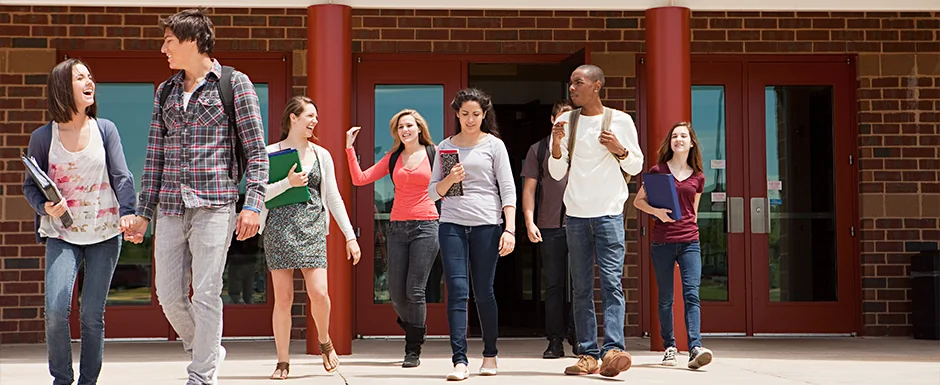Blogs
School Staffing Shortages: 5 Ripple Effects of Being Understaffed

Staffing shortages in schools is not a new problem. During the 2023-2024 school year, nearly 90 percent of U.S. K-12 public schools reported challenges in hiring both teaching and non-teaching positions. School staffing shortages negatively impact teachers, students, and the school system in many ways. The ripple effect of these staffing shortages should not be underestimated.
Here are five likely outcomes if your school isn’t fully staffed:
1. Students with special needs won’t have the resources they need. Special needs students heavily rely on their teachers and specialized aids for individualized support, as most require accommodations tailored to their specific needs. These roles include special education teachers, paraprofessionals, speech-language pathologists, school nurses, and other specialists who offer therapy. Shortages in these key roles can hinder academic progress and reduce opportunities for social integration with peers. This can eventually impact a student’s overall educational experience and personal growth.
2. Learning opportunities and extracurricular activities may be reduced or eliminated.
When schools face staffing shortages, it often leads to increased classroom sizes, which reduces the amount of individual attention students receive from their educators. This makes it more challenging for instructors to identify and support students who might be struggling academically or interpersonally. Moreover, staffing shortages can also lead to the reduction or elimination of specialized programs and extracurricular activities, such as sports, music, and art clubs, which play a crucial role in growth and development. These activities allow students to explore their interests, discover new passions, and develop essential life skills like teamwork, leadership, and time management. Additionally, these activities can help students build stronger connections with their school community, boost their self-esteem, and foster a sense of belonging.
3. Teachers experience burnout.
Insufficient support staff and large class sizes cause by shortages can place an overwhelming burden on teachers, making it challenging for them to effectively meet the needs of all their students. This increased workload, coupled with difficulties in finding coverage for personal or sick days, can lead to burnout and higher turnover rates among educators. As a result, students lose access to experienced, dedicated teachers who have built relationships with them and understand their unique needs. This is particularly detrimental for schools in low-income areas, as these communities often have a greater need for stable, high-quality educators. Ultimately, burnout and turnover caused by insufficient staffing can disrupt the continuity of learning, hinder the development of strong student-teacher relationships, and compromise the quality of education students receive.
4. Compromised student well-being.
Staffing shortages can impact student well-being. When schools lack sufficient support staff, such as school nurses, students may not receive the resources, emotional support, or medical attention they need. This can lead to increased stress, anxiety, and even physical health issues among students, especially those who face socio-economic challenges like food insecurity and homelessness. Furthermore, inadequate supervision due to staffing shortages can result in a higher incidence of bullying, violence, and other disciplinary issues, creating an unsafe learning environment that negatively affects students’ mental health and academic performance.
5. Community trust and engagement may decline.
Schools faced with persistent staffing shortages run the risk of eroding community trust and engagement. When parents and community members see their local schools struggling to provide quality learning and support services, they may lose faith in the education system. This can lead to decreased parental involvement, reduced community support, and even lower enrollment numbers as families seek alternative educational options. This lack of community trust and engagement can ultimately compound the challenges schools face, making it even more difficult to attract and retain high-quality staff who know how to help students succeed.
Staffing shortages in schools require immediate attention to mitigate negative effects. If your district is experiencing shortages, Amergis Educational Staffing can help match talented teachers, substitutes, counselors, and support staff with open positions in your school! Connect with Amergis to learn more today.
Get the latest news and company updates
Want to get the latest staffing related news and updates? Subscribe to our resources to get insights sent straight to your inbox.
"*" indicates required fields